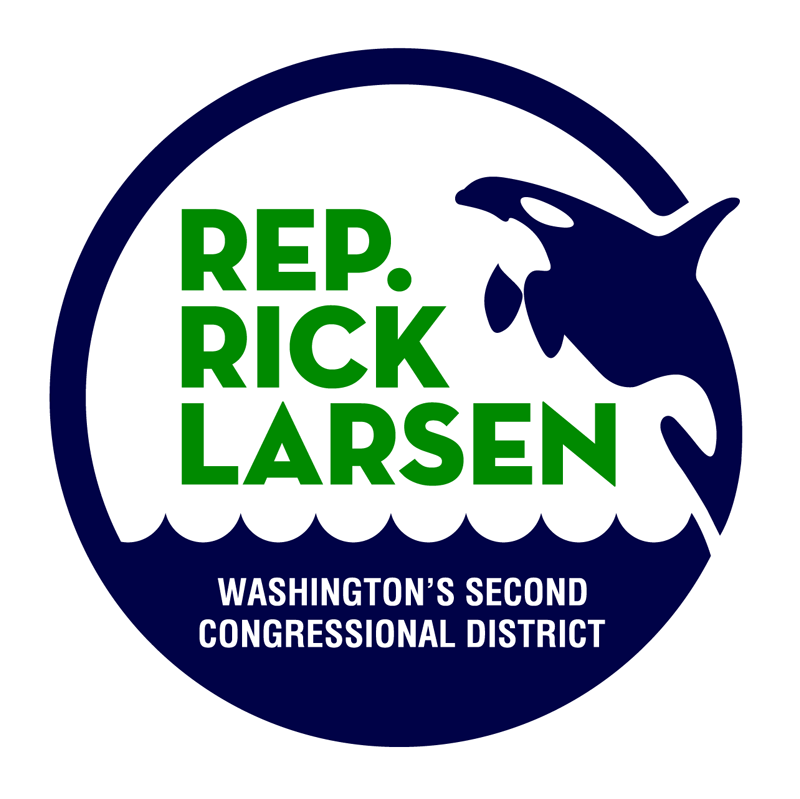Press Releases
Larsen Opening Statement: Domestic Aviation Manufacturing: Challenges and Opportunities
Washington, DC,
July 23, 2014
Rep. Rick Larsen, WA-02, the Ranking Member of the Aviation Subcommittee, delivered the following statement at the subcommittee’s hearing on Domestic Aviation Manufacturing: Challenges and Opportunities. The remarks are as prepared for delivery. Thank you, Chairman LoBiondo, for calling today’s hearing to discuss the state of domestic aviation manufacturing. The United States aviation industry is vital to the economy. Domestic aviation manufacturing—the reason we are here today—is one of the major reasons why the aviation industry in this country is such a powerful economic engine. In 2012, U.S. aviation manufacturing generated total output of over $150 billion. This topic hits close to home for me. In my home state of Washington, about 650 aerospace companies support as many as 209,000 jobs. These companies range from Boeing to the many small businesses that are a critical part of the aviation supply chain. Aerospace is the state’s largest exporting sector, accounting for over 40 percent of the state’s exports in 2011. The issues we are exploring today are ones we have explored before, and I thank Chairman LoBiondo for remaining focused on them. Last October, we had a subcommittee hearing about FAA's certification process, where we discussed opportunities to make these processes more efficient and to bring more consistency to FAA’s interpretations of regulations. I look forward to an update today about the FAA’s progress since that hearing. The predictable and timely certification of aircraft and aircraft components is critical for domestic manufacturers to get their products to market. We must also ensure FAA does not cut corners so it continues its critical mission of ensuring the highest level of safety. The FAA reauthorization enacted in 2012 included two provisions directing the agency to conduct an assessment of the aircraft certification and approval process (Section 312) and addressing FAA personnel’s inconsistent regulatory interpretation (Section 313). As we continue to conduct our oversight of FAA’s implementation of these provisions, I hope to learn more today about the progress FAA has made in these areas and where the agency’s efforts have stalled. Specifically, I hope to hear about how the labor unions and affected FAA inspectors and engineers have played a part in FAA’s efforts and if they have signed on to the agency’s certification reform efforts. Labor involvement is critical: FAA leadership can say one thing, but the people doing the day-to-day work need to be bought in before moving forward with major changes. We must also make sure the FAA has adequate staffing resources to do the job and keep pace with new technology. For example, I understand that the workload of FAA’s 204 manufacturing inspectors continues to increase while the size of its inspector workforce does not. There is no question that FAA must streamline the process under its Organization Designation Authorization (ODA) program because of the growing workload and limited resources. But we must continue to ensure that all certification efforts are subject to thorough, proper oversight so that the high level of safety that FAA maintains is not compromised. Another common theme that I continue to hear from manufacturers is that our neighbors abroad are unnecessarily delaying their validations of FAA-certified products. We must make sure other countries do not question FAA’s “gold standard” so that our manufacturers remain competitive in an increasingly crowded global market. More broadly, we must do everything possible to avoid disadvantaging U.S. manufacturers as they compete vigorously with foreign manufacturers. To this end, last year, Chairman LoBiondo and I asked GAO to explore the FAA’s certification process in the United States as it compares with those of its counterparts around the world. I look forward to reviewing GAO’s report when it is issued later this year. Global competitiveness depends on having a robust pipeline of well-trained, highly-skilled workers. A government-industry panel convened in 2010 by then-Secretary of Transportation LaHood recommended several measures to improve the training and development of the nation’s aerospace workforce. To speak to this issue, I would like to extend a special welcome to Dave Cox of the Air Washington project. The Air Washington project is a unique consortium of community colleges that are working together for the sole purpose of training and educating workers in a wide variety of aviation jobs such as aircraft maintenance, manufacturing and assembly. In Washington state, we’ve made investments in people that will keep our manufacturing base strong. I look forward to Mr. Cox sharing those lessons with the panel. Thank you and I look forward to hearing from our witnesses. ### |
